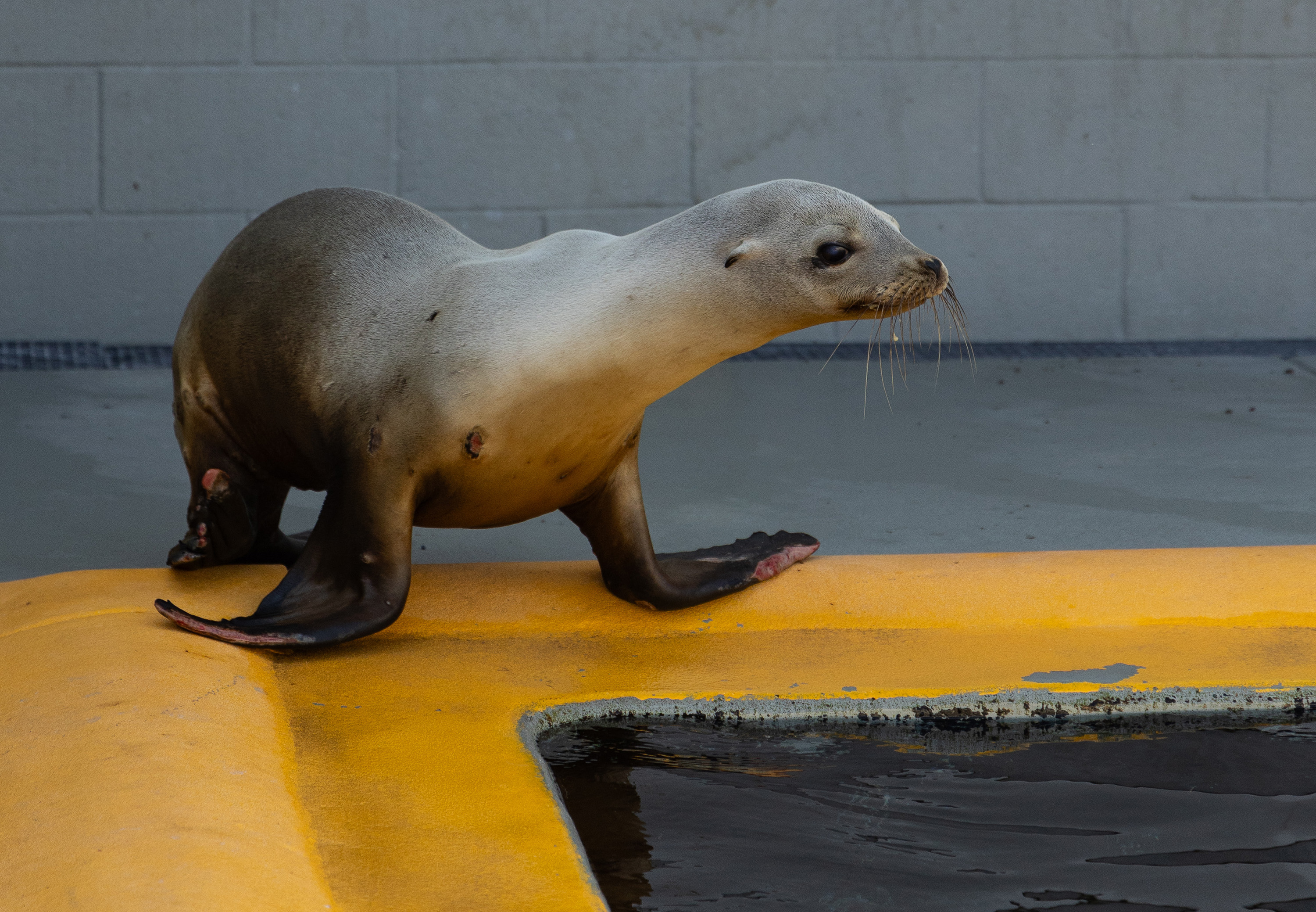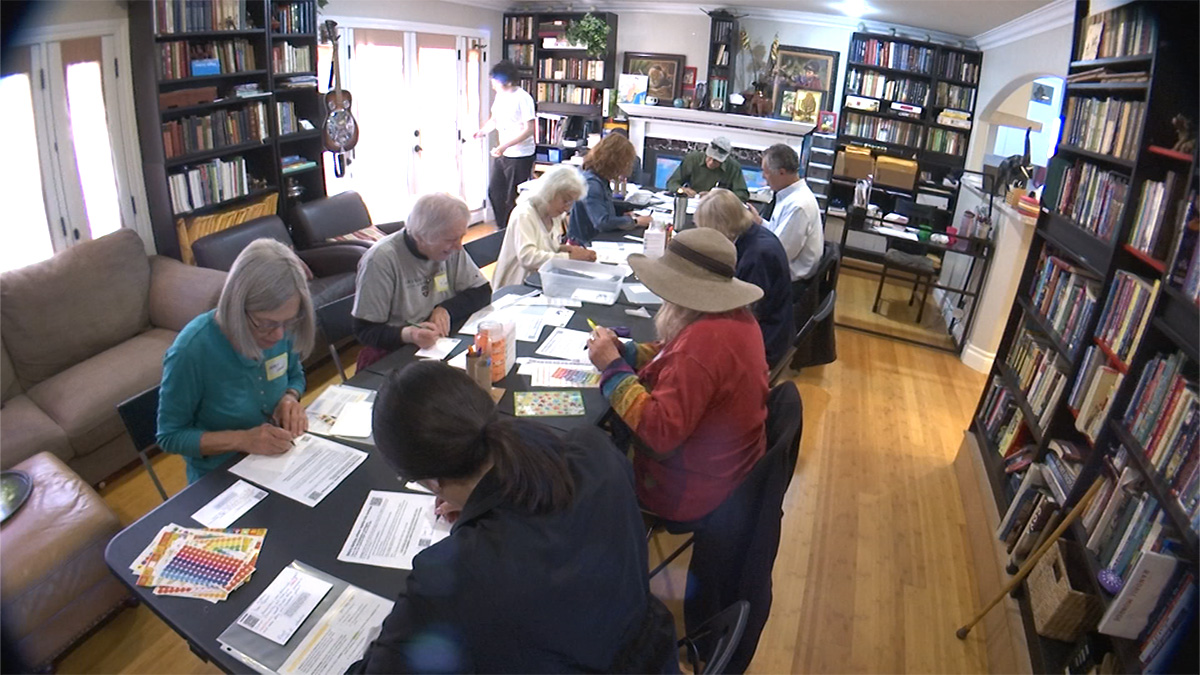Crews in Northern California cleared drainage ways and removed ash and sediment from creeks and streams in wildfire-burned areas Wednesday ahead of heavy rain that could unleash devastating debris flows.
A watershed emergency response team worked in the area of Paradise, a town leveled by a deadly blaze, to identify spots that could be prone to flash floods and mudslides and utilities employees removed burned trees that could topple, said Butte County spokeswoman Callie Lutz.
The town of 27,000 remains under mandatory evacuation orders and teams continue to search the debris for human remains nearly three weeks after a wildfire swept through the town and two other communities, destroying more than 13,000 homes and killing at least 88 people.
Some residents in neighboring communities have been allowed to return home and officials are encouraging them to stay informed and evacuate if they see possible problems, Lutz said.
"We're encouraging these residents to monitor the weather and leave if they are concerned,'' she said.
The storm was expected to begin affecting California late Wednesday and deliver its heaviest rains Thursday in the area 170 miles northeast of San Francisco. The National Weather Service issued a watch for possible flash flooding and debris flows from areas scarred by major fires throughout the state.
On the coast near Big Sur, the California Department of Transportation planned to close a 12-mile stretch of Highway 1 between Mud Creek and Paul's Slide for 48 hours starting Wednesday afternoon because of potential instability.
Local
The scenic route perched between towering mountainsides and the ocean has been dogged by slides since late 2016. But the one that hit Mud Creek near Ragged Point in May 2017 was monumental. Millions of tons of earth moved, displacing 75 acres of land. There was extensive work to rebuild the highway over the slide.
In Southern California, residents were urged to voluntarily evacuate a string of neighborhoods about 45 miles southeast of Los Angeles along a flank of the Santa Ana Mountains where a fire burned thousands of acres last summer.
"People in these zones should go now because it is the safest time to leave,'' Riverside County's Emergency Management Department said in a statement.
West of Los Angeles, residents were urged to be prepared for rain in the vast area where the Woolsey Fire burned through nearly a dozen communities this month.
Sandbags were offered in numerous locations in Los Angeles and Ventura counties. The city of Malibu urged residents to look for their locations in an interactive online map created by the U.S. Geological Survey that depicts the likelihood of debris flows given certain amounts of rainfall.
Last January, the Santa Barbara-adjacent community of Montecito was savaged by massive, deadly debris flows when a downpour hit mountains denuded by a devastating fire.
Despite the storm danger potential, California sorely needs precipitation. The U.S. Drought Monitor's most recent report on Nov. 21 showed a great portion of the state in moderate drought or abnormally dry. Some areas were classified as in severe or extreme drought.



